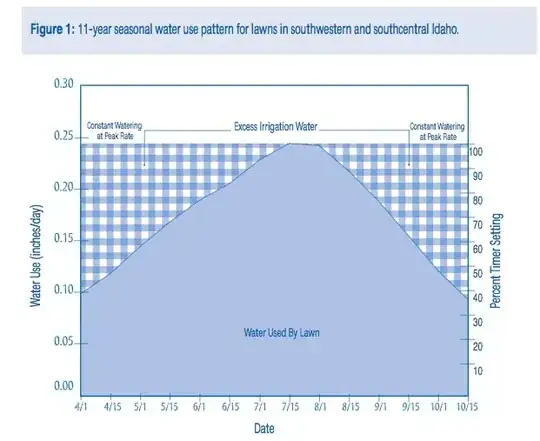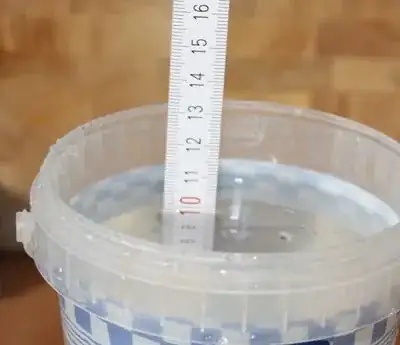At http://wiki.bitplan.com/index.php/Sprinkler#Requirements I am gathering requirements for a sprinkler software that I intend to create and make available as open source. The hardware is already in place - i have a garden pump connected to a sprinkler that I can switch on and off by software.
I do not want to add extra sensors but would rather like to use weather information for my location (history,current and forecast) to determine the amount of water needed.
My usecase is irrigating a small single zone lawn of some 100 square meter surrounded by some hedges and other plants with a tree that gives shadow most of the day.
Now I'd like to create an algorithm that applies the "right" amount of water. I found some sources see http://wiki.bitplan.com/index.php/Sprinkler#How_much_and_how_often.3F stating parameters like how much water the lawn needs per day.
Some sources suggest to sprinkle only every 3-5 days and then a lot early in a morning e.g. the equivalent of 15 mm rain per sprinkle.
Other sources say it depends on how hot it is and how much evaporation is created by the heat.
I'd like to get this information more precise and hope to get some input from users here.
- What sources for the "watering algorithm" would you know and what do they state?


